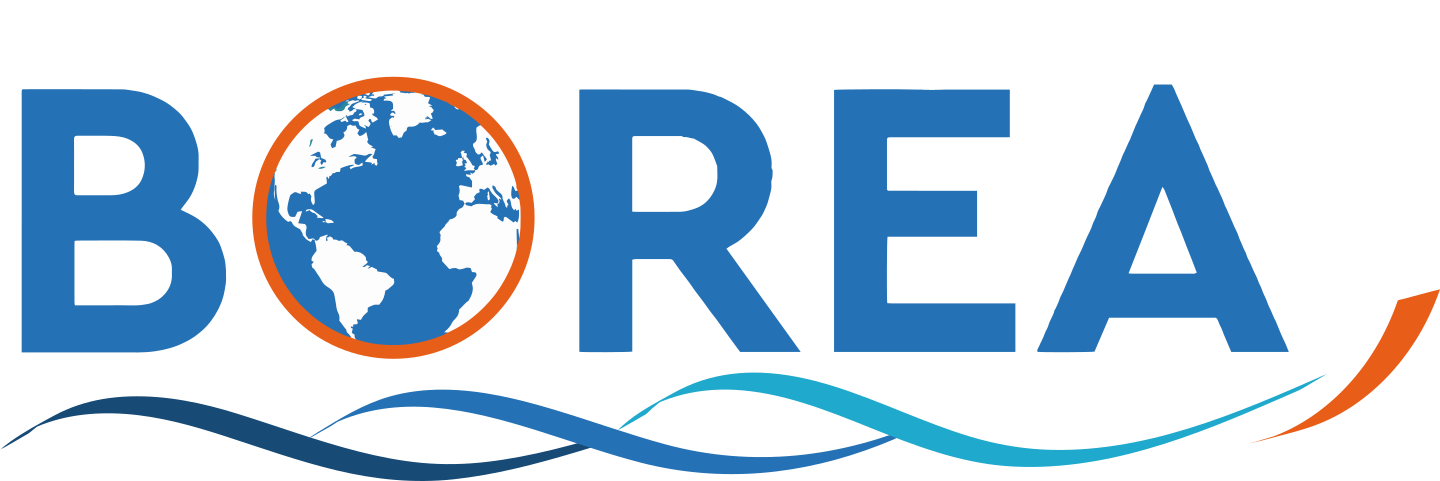Journal
Plankton are excellent indicators of ecosystem status and fisheries because of their pivotal role in marine food webs and their core values in the integrated ecosystem assessment (IEA). Monitoring plankton is essential to understand their dynamics and underlying processes. Recent advances in imaging technologies have enabled in situ, high-frequency, real-time observations of plankton in coastal waters. While high-frequency plankton time series have provided unprecedented fundamental information about physical and biological processes, understanding and identifying the underlying mechanisms that influence plankton dynamic remains a major challenge. We use high-frequency plankton data from PlanktonScope as an example to examine the impacts of physical and biological processes on plankton dynamics at different temporal scales. Frequency patterns were identified for both environmental factors and different plankton groups that matched in time. Using logistic regression models on the selected daily peaks for different plankton groups, we found that diurnal cycle, monsoon season, and major episodic events, such as typhoons, had major impacts on the dynamics of plankton, as proxied by our indicators. We further synthesized, across multiple spatiotemporal scales in the study area, the impacts of various processes on plankton with different mobility. Our study demonstrates that the suite of plankton indicators simultaneously generated from PlanktonScope provides a robust holistic view of pelagic ecosystem status over a broad range of spatiotemporal scales. In situ imaging systems like PlanktonScope are promising tools for near real-time plankton monitoring and a deep understanding of plankton dynamics.

